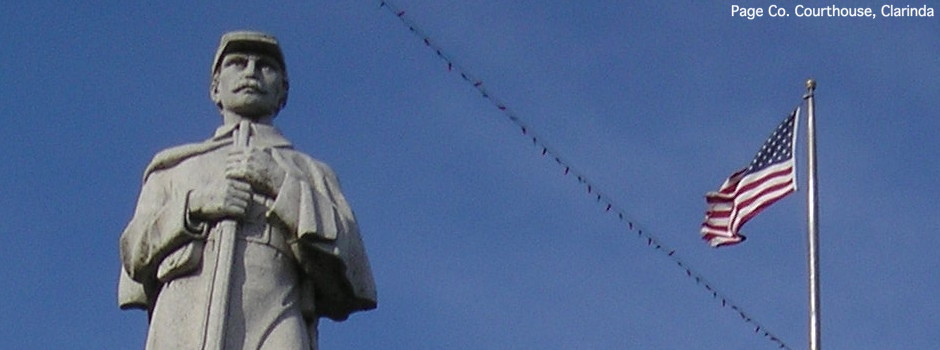Because “it’s not cool unless there’s a graffiti festival” is a New York value.
In the late period of caucus season, the coastal media has a habit of rediscovering Iowa in “wow, we found pockets of civilization here” articles and perspective pieces. Take, for example, this piece in the New York Times Travel section. Now, in Politico, Colin Woodard — you may recognize his name from an earlier blog post about another Politico piece of his that defended Iowa’s leading political role but had multiple errors — has this to say about the state capital: “How America’s Dullest City Got Cool.”
Des Moines, the dullest city in the United States? How does one even quantify that? (Lubbock must have been unavailable for comment.)
Woodard’s article covers the good things that have happened to downtown Des Moines in the past couple of decades, but spends a good deal of time on the things that the rest of the state, and perhaps many in the metro area itself, either don’t care about (if thinking about them at all) or regard with distaste. Richard Florida is quoted, so give me a moment while my eyeballs complete a rotation in their sockets, and there’s some skywalk-bashing for good measure.
Near the end there’s this pair of sentences: “That said, Des Moines has a long way to go before anyone will call it the next Austin, Texas. Most people coming here are still Iowans or those married to them.” Des Moines could be even cooler if it weren’t for all those Iowans!
For the flip side of this (of sorts), we can turn to a Politico article from the same day about Des Moines’ lawsuit against rural counties over water quality. Taken together, the two tell a fuller story about Iowa’s increasing rural-urban split, and ask the question, “What price coolness?”
